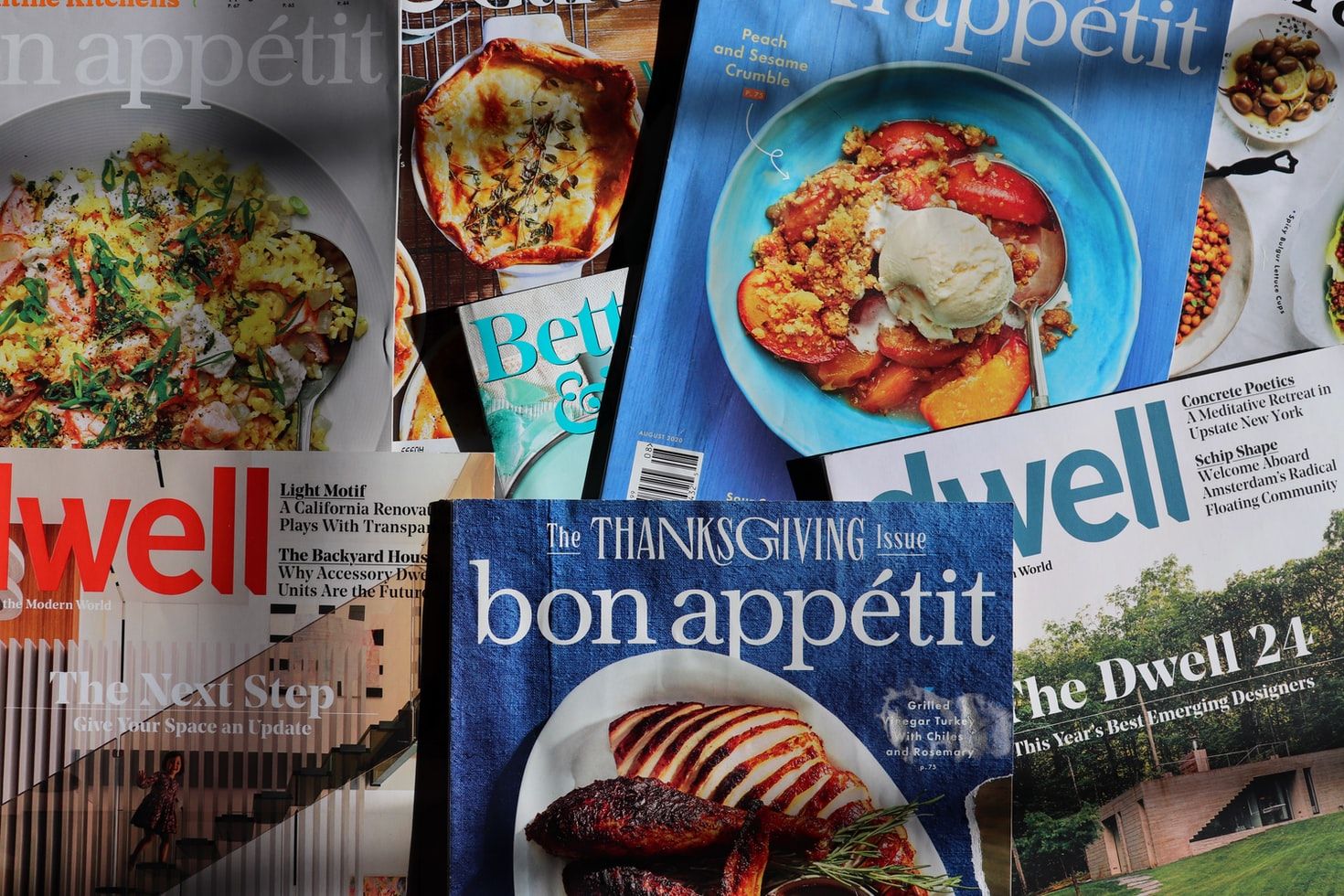Many marketers and advertisers within the media industry plan their strategies quarterly or yearly, but few remember to plan out their seasonal advertising. Holidays, events and traditions drive a lot of attention from consumers who are ready to buy. What can you do to capitalize on seasonal events and maximize your ad performance during those periods?
This article outlines;
What is seasonal advertising?
Who is it for?
How to create a seasonal advertising campaign
Let’s get started!
What is seasonal advertising?
It’s common for most businesses to notice peaks in sales and website traffic at different points throughout the year, this is called seasonality. With seasonality comes the opportunity for seasonal advertising and marketing. This is about tapping into events, traditions and holidays that consumers love, and capitalizing on them.
It is not only an excuse to tap into holidays and celebrations that are already at the forefront of consumers’ minds, but also an opportunity to expose your brand to new people that you may not otherwise encounter. During the periods when consumerism is peaking, people are in a state where they are ready to buy and are usually more open-minded. This is the perfect time to expose your brand.
Here are some of the most popular international holidays for seasonal advertising;
Valentine’s Day
Mothers Day
Fathers Day
Halloween
Black Friday
Christmas
Recognize what traditions are popular in your area. Which one of those are appropriate opportunities for your business?

Is it for everyone?
Somehow.
Seasonal advertising perfectly fits B2C businesses, because consumers tend to go shopping and spend extra money. But make sure to choose the right holiday for your business and your products. For example, if your company’s target audience is men between the ages of 30-45 you may consider creating an advertising campaign right before Fathers Day. Or maybe the Christmas season is the perfect time to advertise for your business. Remember to use seasonal events that are appropriate and relevant to your target market.
It gets a little trickier within the B2B market. Just because Christmas is a big holiday to many people doesn’t mean it’s the perfect holiday for B2B advertisers to create an ad campaign. People usually pull away attention from work, and focus on family during this time of the year.
This is when creativity and cleverness become a must. Consider running your ad a few weeks before Christmas, or at the beginning of the new year when people go back to work.

Steps to create a seasonal advertising campaign
1. Research your competitors
It’s easier to know how to stand out when you know what you’re up against. Take a look at your competitors’ past seasonal campaigns to identify what type of ad message they created. What aren’t they doing that should do? Identify gaps you may fill in.
2. Identify what seasonal events apply to your business
We'll say it again. Don’t pick the most popular holidays if they’re not relevant for your business. Instead, look at your previous ad performance and detect when you have seasonal peaks.
3. Plan early
Plan and centralise your assets in advance. If your business has an off-season, it can be the perfect time to put together a seasonal advertising campaign. Create a calender at the beginning of the year so you get an overview of events that may suit your business.
When you are ready to execute your plan, do your research on where to place your next advertising campaign. Here at Ocast, you may scroll through hundreds of brands and products. Or create a request to receive answers from companies who offer ad spots that have higher exposure during the seasonal events that you want to advertise in.

